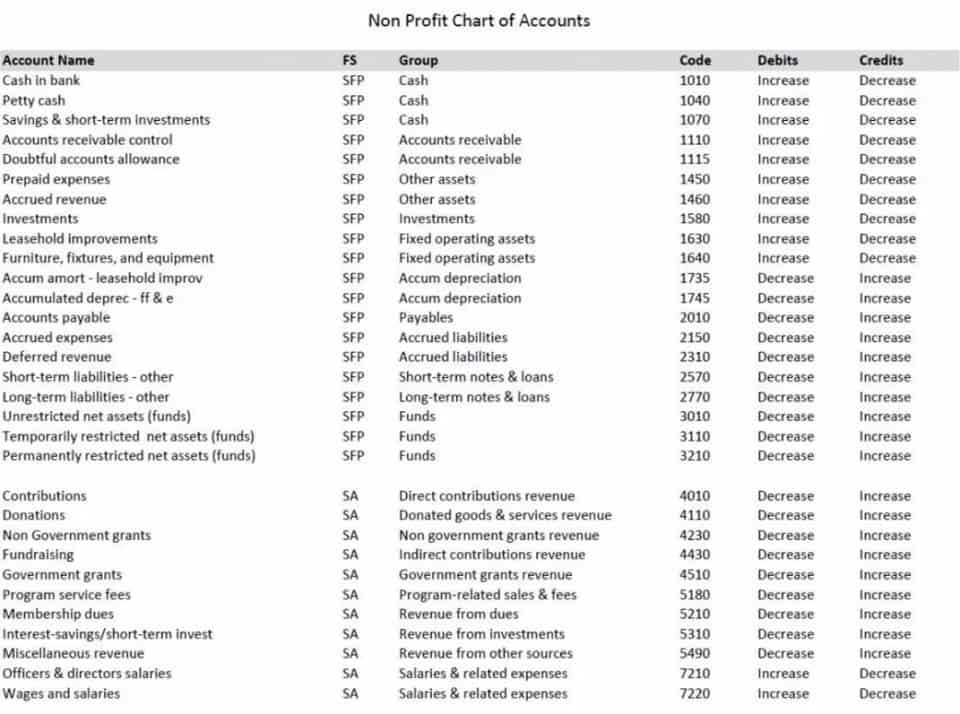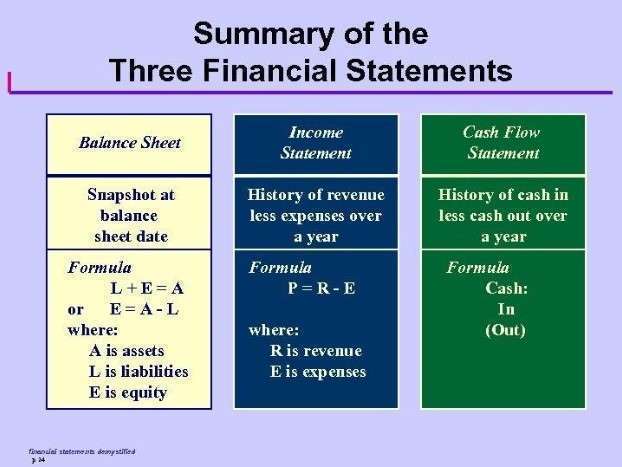
Regulators have also focused on the implications of mark to market accounting during periods of financial instability. The 2008 financial crisis, for instance, highlighted the challenges of valuing illiquid assets in turbulent markets. In response, both the FASB and the International Accounting Standards Board (IASB) have issued guidance to help entities navigate these complexities. This includes allowing for adjustments to fair value measurements when market conditions are deemed to be disorderly or inactive, thereby preventing the undue amplification of financial distress. The U.S. Financial Accounting Standards Board (FASB) eased rules regarding the use of mark to market accounting in 2009. This permitted banks to keep the values of mortgage-backed securities on their balance sheets when the value of those securities had dropped significantly.
Our Services
At Midco you can be confident you are in good hands when you need representation with individual or business audits. We have extensive experience representing clients in IRS and various State tax audits. From start-ups to established enterprises, businesses rely on accurate and insightful financial information in order to maintain profitability and capitalize on new opportunities. https://www.bookstime.com/ Our mission is to strengthen the businesses and personal lives of our clients through our expert advice and our dedication for building long standing relationships. Finding innovative tax solutions is what we do for our clients, this high level strategizing and synergy with our clients is what assists them in succeeding in their business and personal goals.
Historical Cost Accounting
- Mark-to-market (MTM) is an accounting practice used to value assets and liabilities at their current market prices, ensuring financial statements reflect their fair market value.
- So, assume a farmer takes a short position in 10 soybean futures contracts to hedge against the possibility of falling commodities prices.
- From start-ups to established enterprises, businesses rely on accurate and insightful financial information in order to maintain profitability and capitalize on new opportunities.
- For example, it fails to reveal whether there was a significant and sudden influx of buyers and sellers, what changes had it seen throughout the trading session, what market conditions were surrounding this price formation, etc.
- The daily mark to market settlements will continue until the expiration date of the futures contract or until the farmer closes out the position by going long on a contract with the same maturity.
Whether you’re seeking to advance in your current role or move into a new career, you can pursue either goal with a master’s in accounting degree. Assume you are a futures trader mark to market accounting and you are making your first deposit with your preferred exchange. The deposited funds are used as a “margin” or a protection for the exchange against potential losses.

Mark to Market Losses
However, the average tuition at top US MBA programs is $148,978, according to a report from BusinessBecause [4]. Because you have the option of earning your accounting master’s degree online or in-person, think about which learning style seems most suited to your needs. While some students enjoy the structure of in-person learning, others enjoy the flexibility of learning online. Just the opposite – it was in the core of the greatest corporate scandal in modern history.
- That’s because the information is outdated and irrelevant to the current market environment.
- In trading and investing, certain securities, such as futures and mutual funds, are also marked to market to show the current market value of these investments.
- • Pros of mark to market accounting include accurate valuations for asset liquidation, value investing, and establishing collateral value for loans.
- MTM accounting can also impact the cash flow statement by changing the value of a company’s assets or liabilities.
- Mark-to-market losses are paper losses generated through an accounting entry rather than the actual sale of a security.
- Many might feel that the properties’ worth in particular, and the company’s assets in general, are not being accurately reflected in the books.
Alternatively, let’s take a look at mark-to-market accounting as it applies to day traders. Let’s say a day trader’s trades brought them one million dollars in profit during the taxable year. However, they have retained certain shares of stock that actually represent an unrealized loss, since the price of that particular security has recently decreased. Mark-to-market accounting is not as static or predictable as historical cost accounting based on original value and asset depreciation. It seeks to reflect the fluctuating fair value of an asset for accounting purposes so that a business or company can get an accurate picture of asset value or the value it could obtain from liquidating assets.
Mark to Market Derivatives Example
Due to this discrepancy, some accountants record assets on a mark-to-market basis when reporting financial statements. The latter cannot be marked down indefinitely, or at some point, can create incentives for company insiders to buy them from the company at the under-valued prices. Insiders are in the best position to determine the creditworthiness of such securities going forward.

Importance of Mark to Market in Financial Instruments
- Understandably, this type of evaluation can’t provide a fair representation of the subject’s current state.
- The asset’s value is based on the current market environment, which makes it genuine and representative.
- This permitted banks to keep the values of mortgage-backed securities on their balance sheets when the value of those securities had dropped significantly.
- A bank or investing firm with a portfolio of investments, like tradable securities, may see its net worth drop precipitously as the companies it has invested in are failing.
- In some sectors of the economy, it may even remain as one of the primary accounting methods.
- The maintenance margin reflects the amount that must be in the margin account at all times to avoid a margin call.
- Mark to market (MTM) is a method of measuring the fair value of accounts that can fluctuate over time, such as assets and liabilities.
It was an alternative to the popular historical cost accounting methodology, where the basis for an asset’s value was its original purchase cost. Understandably, this type of evaluation can’t provide a fair representation of the subject’s current state. That’s because the information is outdated and irrelevant to the current market environment.
This can be particularly beneficial for investors and analysts who rely on these statements to assess the company’s health and make investment decisions. Certain assets and liabilities that fluctuate in value over time need to be periodically appraised based on current market conditions. That includes certain accounts on a company’s balance sheet and futures contracts.

Can You Mark Assets to Market?
While FAS 157 does not introduce any new requirements mandating the use of fair value, the definition as outlined does introduce certain important differences. This can create problems in the following period when the “mark-to-market” (accrual) is reversed. If the market price has changed between the ending period(12/31/prior year) and the opening market price of the following year (1/1/current year), then there is an accrual variance that must be taken into account. The best master’s in accounting program for you will depend on your resources, career goals, and your preferred way of learning.
Companies in the financial services industry may need to make adjustments to their asset accounts in the event that some borrowers default on their loans during the year. When these loans have been identified as bad debt, the lending company will need to mark down its assets to fair value through the use of a contra asset account such as the “allowance for bad debts.” Mark to market is an accounting practice that involves adjusting the value of an asset to reflect its value as determined by current market conditions.
Leave a Reply